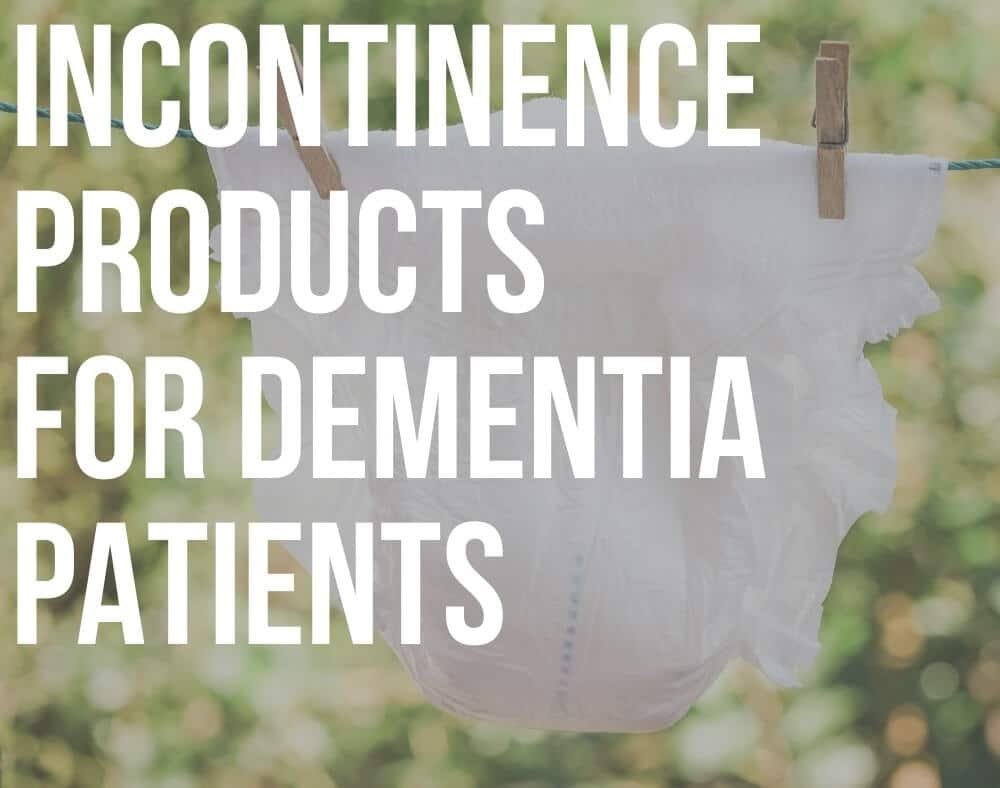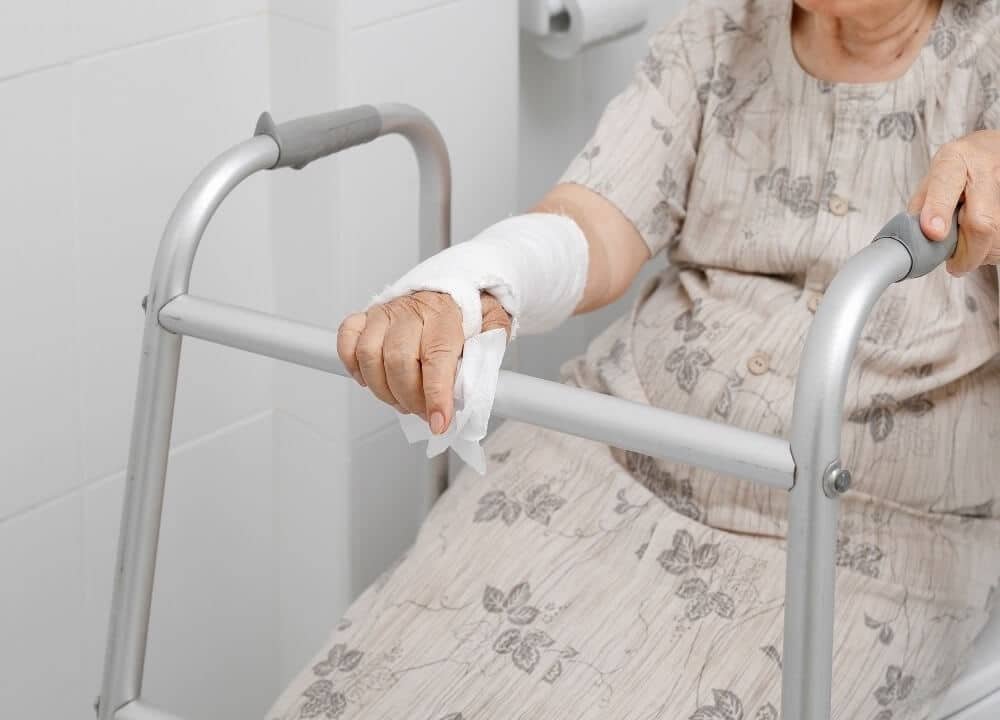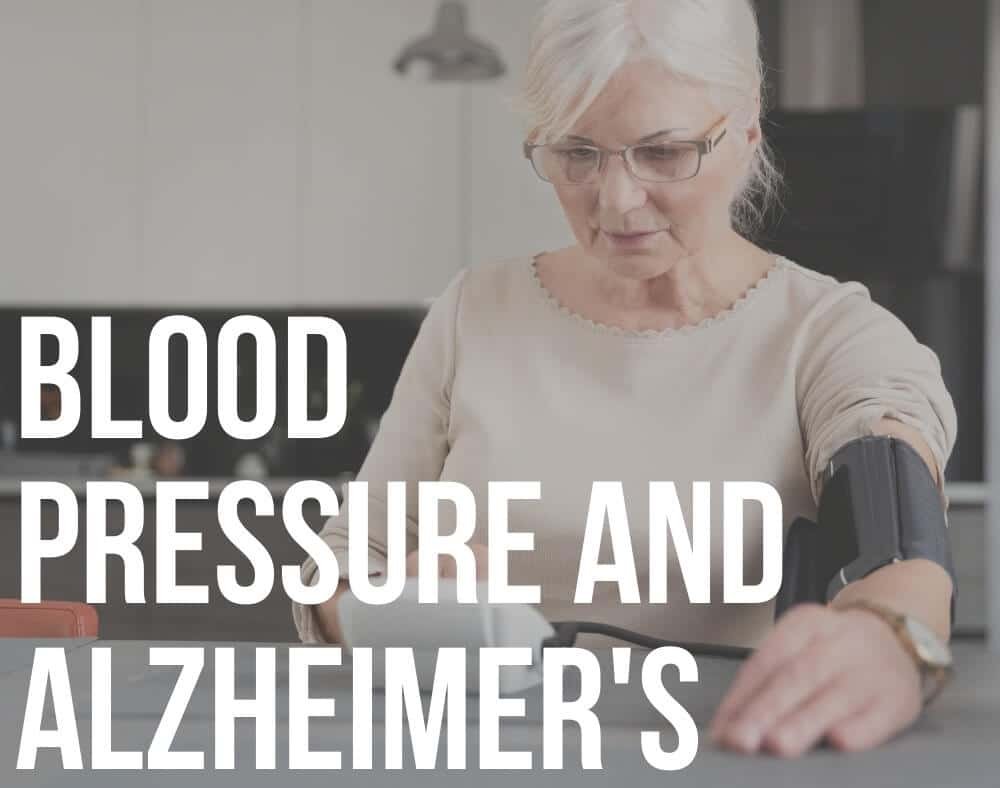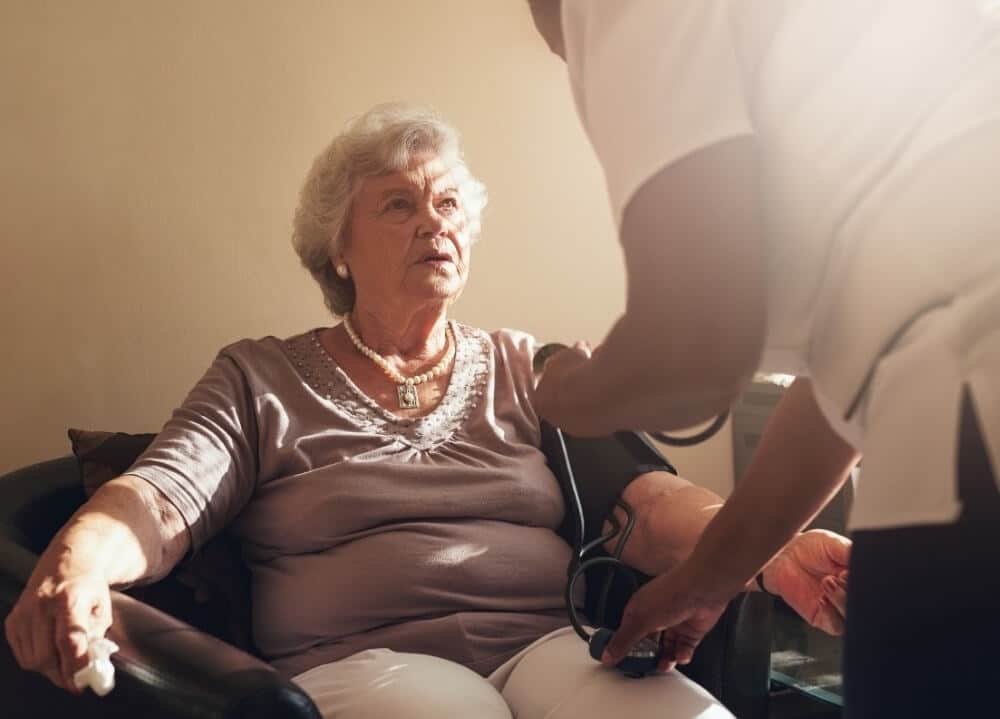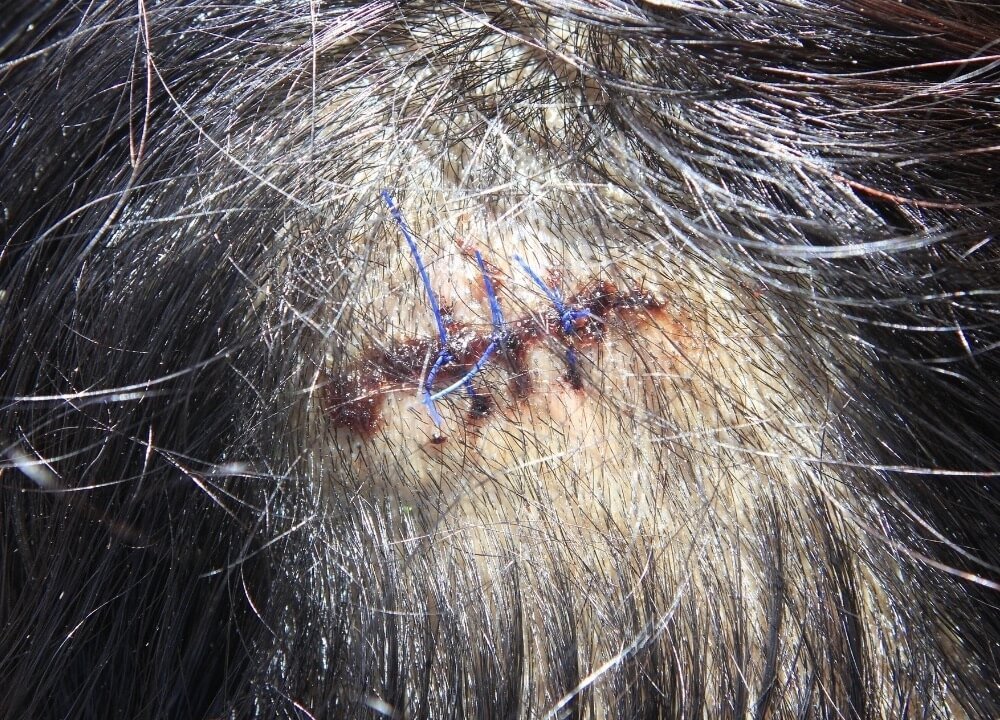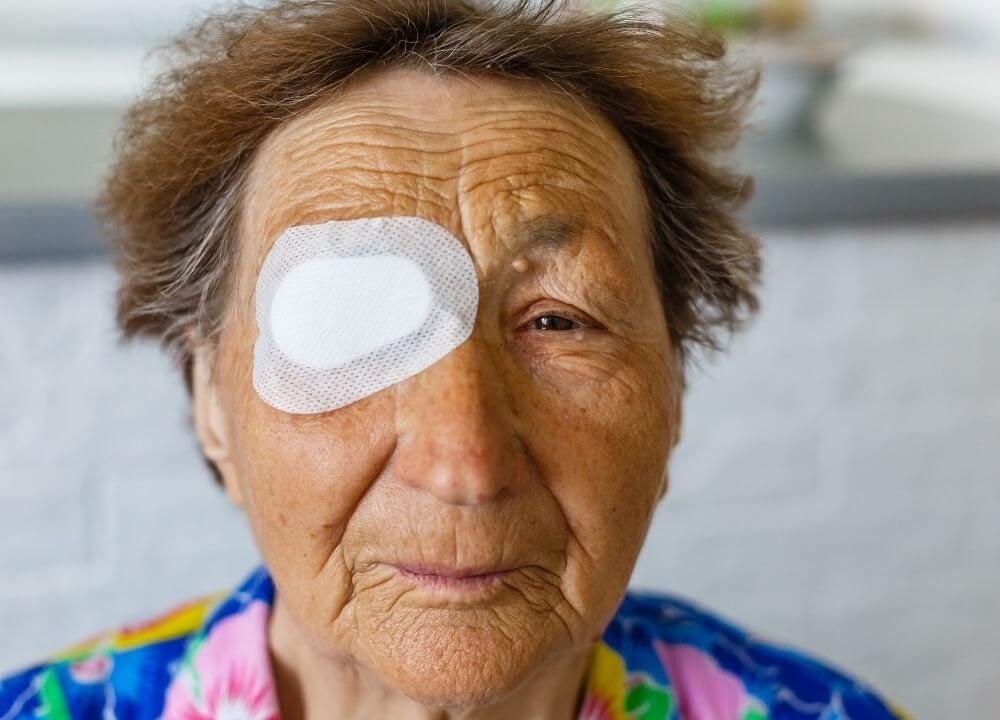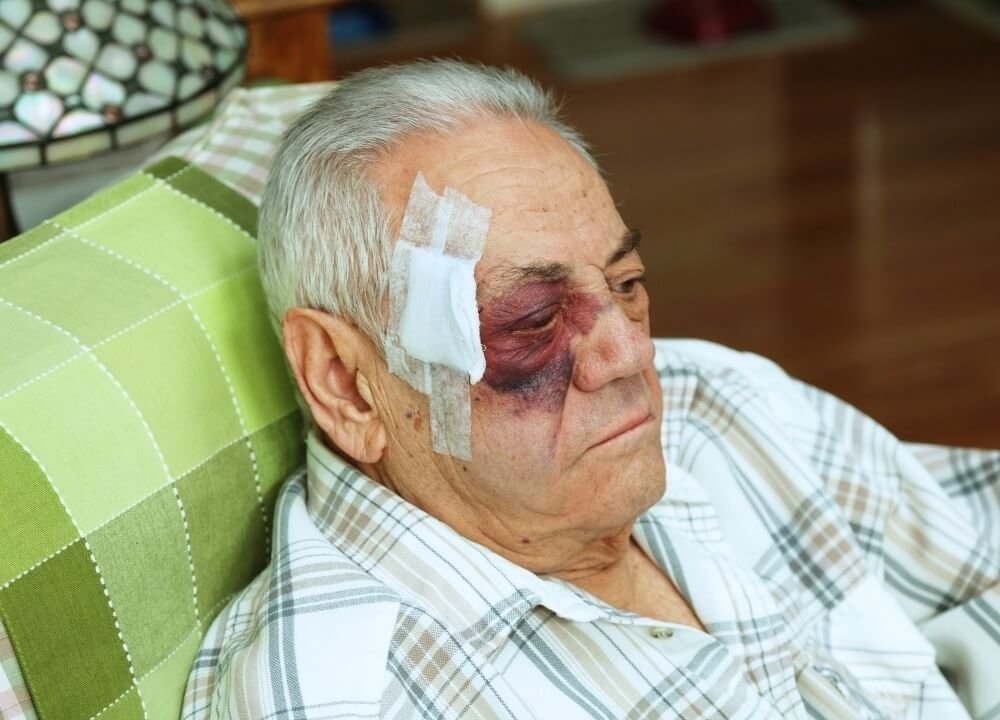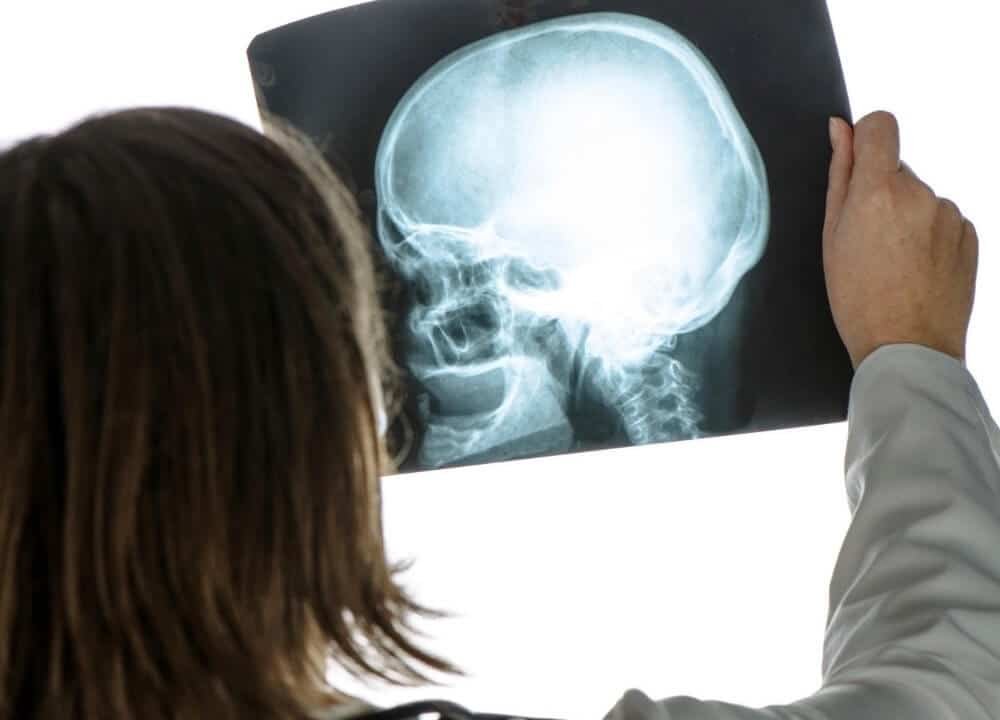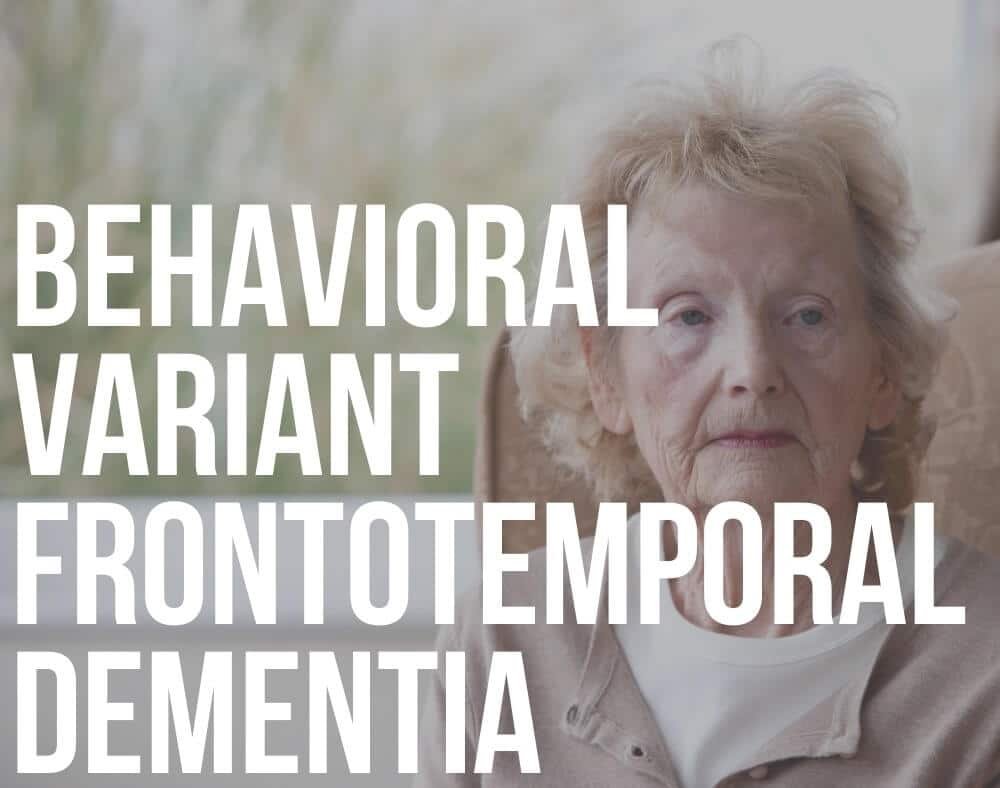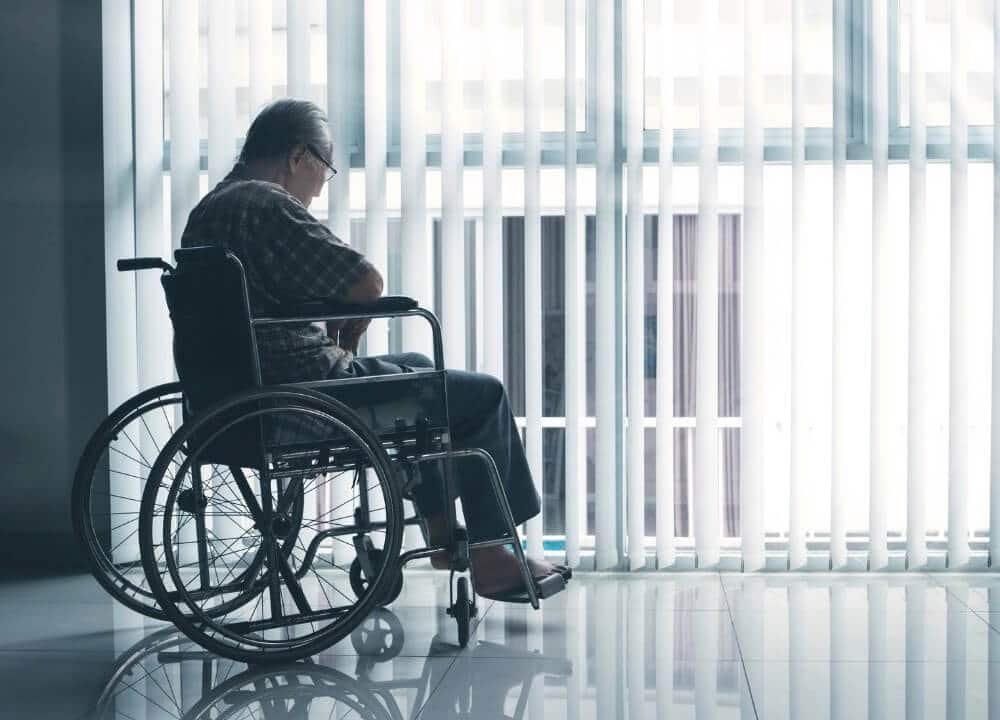There are numerous incontinence products for dementia patients, and each has dozens of variations.
Different combinations of products may be right for different individuals, and a person’s needs may evolve over time.
Incontinence Products for Dementia
| Product | Features |  |
|
|---|---|---|---|
 | Prevail Air plus Daily Brief | Soft & breathable Ultimate absorbency Pack of 4 (18 count) Night & day Skin smart Omni-odor guard | |
 | Wellness Superio Series BriefsBrand: Unique Wellness | Fully Absorb up to 2.6L Wide absorbent core Resealable landing zone for easy adjustment White with a nylon based crinkle-free plastic Value for money Stays dry for 8+ hours Award winner/ Featured on Discovery Channel | |
 | One Piece Waterproof Snap-on Diaper Cover BriefBrand: Salk | Lightweight Softness of cloth 100% waterproof Polyester/urethane outer Brushed polyester inner Super-absorbent pad 3-ply inner layer Waterproof outer layer Washable | |
 | SOSecure Containment Swim BriefBrand: Discovery Trekking Outfitters | Discreet Swimming Undergarment Durable Polyurethane Fabric Fleece Lining Hook and Loop Closure (Easy) Elastic Waist & Legs Machine Washable Latex Free | |
 | Prevail Overnight Bladder Control PadsBrand: First Quality | For Women Dri-Fit cotton enhanced QUICK WICK Layer and cotton Odor Guard | |
 | Depend Men GuardsBrand: Kimberly Clark | Adhesive strips to hold guard in place Individually wrapped Discreet- pocket-sized pouch Easy carrying and disposal Contoured design Cup-shaped protection for men One size fits most | |
 | Medline Incontinence Bed Pads | Underpads 50 count 36"X36" Heavy absorbancy Polypropylene backing (protects against leakage & resists melting) Ideal for overnight use | |
 | Inspire Washable and Reusable Incontinence Chair or Bed Pads | Washable/reusable Solves incontinence problems Safely absorbs & lock in liquids Soft & comfortable Non-irritating | |
 | Bariatric 2X-Large UnderwearBrand: Attends | Improved side panels (better comfort & fit) Acquisition layer Super absorbent polymer Tear-away sides (easy removal) Looks & feels like regular underwear Bag of 12 | |
 | Depend Mens Maximum Absorbency UnderwearBrand: Kimberly Clark | Outstanding protection Improved underwear-like fit Brief-like leg opening Heavy incontinence Soft, quiet, breathable material Conforms to the body | |
 | AIRCUTE Washable Absorbent Urine Incontinence Underwear for Women | 6 layers High waist Absorbent & leakproof Washable Breathable Comfortable | |
 | Prevail Adult WashclothBrand: First Quality | Super strong & soft fabric (12" x 8") Stay-open & easy-close lid Press 'N' Pull lid Super strong soft fabric Aloe & lanolin Lid closes tightly |
Don’t call them diapers
Many people refer to incontinent products for dementia as “diapers,” but the term has a strong connotation with infants.
It is generally considered to be disrespectful, infantilizing and tactless.
It should not typically be used when referring to adult absorbent undergarments (unless the person themselves prefers that term).
Words like “pads” or “briefs” would be an appropriate way to refer to these products.
Products designed to be worn inside, or instead, of underpants

- Pantiliners – a very thin pad that adheres to underpants for small leaks
- Disposable pads – adhere to underpants, but are thicker and more absorbent than pantiliners
- Pull up briefs / disposable underpants
- Washable pads, liners or absorbent underpants
- Reusable vinyl waterproof underpants covers
- Wraparound tab briefs – similar to a traditional “diaper” design
- Extended wear – Products designed for extended use keep urine away from the skin
- Brief liners – designed specifically for use in a brief to boost absorbance or easily remove if damp
- Insert – for use with special underpants designed with a pocket to hold a disposable or washable pad insert
- Condom catheter or body-worn urinal – Designed to fit over a penis and collect urine in a bag
Products to protect furniture from wetness
- Waterproof bed sheets
- Washable bed pads
- Disposable bed pads
- Waterproof mattress pads
Other supportive equipment
- Raised toilet seat with handles – this can make it easier to get on or off the toilet
- Portable bedside commode
- Urinal
When the Person with Dementia won’t Keep a Brief On

If someone with dementia keeps removing their brief, pay attention for clues to determine a likely reason.
Is the problem specific to briefs or are they pulling at other clothing too? Does it happen mainly at night or after bathing? Understanding the reason behind it is essential for finding a solution.
Common reasons for removing clothing or briefs can include:
- Feeling too warm
- Ill-fitting brief or pants
- Wet, damp or soiled brief
Is the person new to wearing briefs (or wearing a new type or brand)?
Briefs can be bulky or uncomfortable, especially when they feel unfamiliar.
Start with the smallest, thinnest or most comfortable product that will meet their needs. This might mean changing them more frequently.

Be sure to minimize incontinence with a toileting plan.
Try a different style
It is worth experimenting with various brands and styles to find something more comfortable or successful.
Look for patterns
1. Do they remove the brief mainly at night? Try going without the brief if possible, using several bed pads for absorbance instead. It may help to tuck an additional bed pad up between the person’s legs.
2. Does it happen mainly when the brief is damp? It may help to use a brief liner, or alternate style of brief that pulls wetness away from the skin. Allow skin to dry fully after a shower or wash-up to ensure there is no lingering feeling of dampness.
3. Are they removing the brief when they need the restroom? It may be a non-verbal sign that the person needs to use the restroom.
4. Do they seem to have bored or restless hands? Giving them something interesting for their hands, such as super soft fuzzy gloves, or a dementia fidget lap blanket with lots of interesting textures and items for their hands to explore.
Is this a sudden change?
A sudden change probably indicates a problem other than the brief itself.
Look for signs that the person might be uncomfortable, especially in the abdomen or perineal area.
Possible conditions that could cause discomfort include:
- Urinary tract infection
- Constipation
- Hemorrhoids
- Dehydration
- Rash
- Pressure ulcer or skin breakdown
Special clothing for special situations
Although there are specialty clothing designed to prevent people from removing their own clothing – such as a jumpsuit with a zipper in the back – there are ethical concerns about restricting normal access to one’s body. They can cause distress in some cases.
In many places, these types of clothing are considered restraints.
What if the Person with Dementia won’t Change their Brief when Needed?

There are many potential complications of wearing a soiled brief too long. It greatly increases one’s risk of urinary tract infections, rashes, skin breakdown, and pressure sores.
Unfortunately, it’s an all-too-frequent problem in dementia care.
There are dozens, if not hundreds, of unique reasons – and as many potential solutions. A few examples include:
Set them up for independence
Keep pads and supplies easily within sight and reach from the toilet.
Catch them when they’re in the restroom
Getting them onto the toilet in the first place is often the biggest challenge. Once they’re there, it can be much easier to access the brief to change it.
Avoid “taking” anything without giving something in return
Hand them a clean pad to hold while you swap out the soiled one for another.
Spare their pride
Present non-rinse soap, wetness barrier cream, or other appropriate skincare products as a medical treatment, for example, to “prevent infection” or to “protect your skin.”
Not only are these statements true, they also take the focus off of their incontinence, which can spare their pride – and their need to fight for it.
Incontinence can be Embarrassing, Inconvenient and Challenging
Successfully managing it can make a big difference in terms of quality of life, physical health and mental well-

